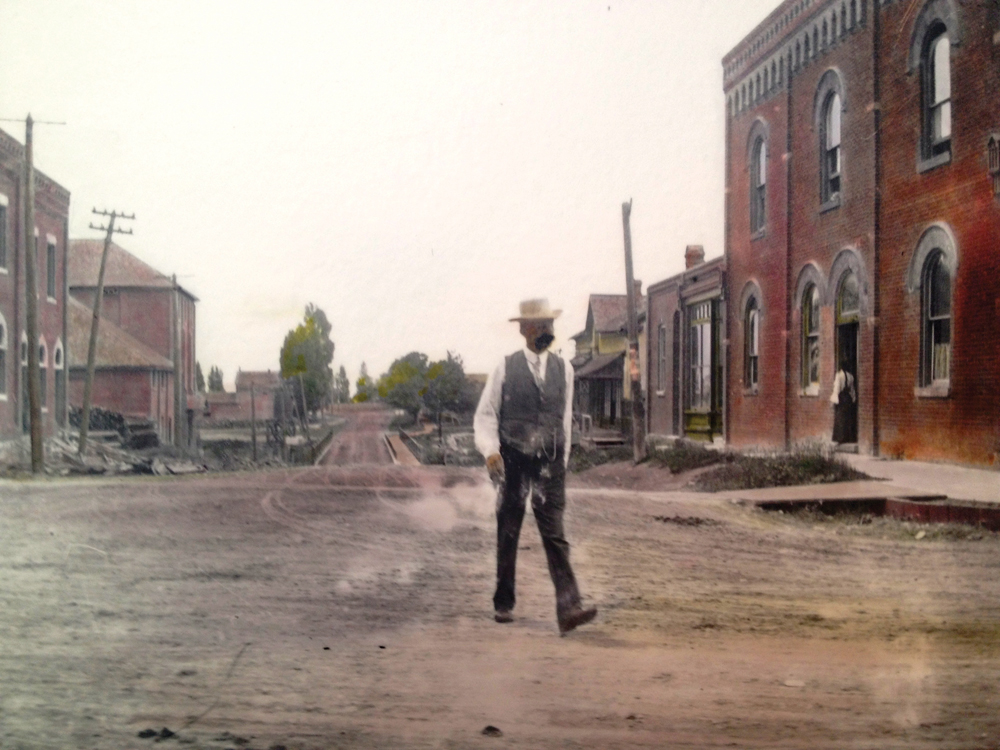Hospitals around Southern Georgian Bay are scrambling to expand their facilities in the face of unprecedented population growth.
Collingwood General and Marine Hospital (CGMH), founded in 1887, started as an eight-bed facility serving a small community. Today, the 74-bed hospital serves more than 60,000 permanent residents and 3.5 million annual visitors in the Southern Georgian Bay communities of Collingwood, Clearview, The Blue Mountains, Grey Highlands, and Wasaga Beach.
And the population hasn’t stopped growing. The Town of Collingwood alone could see its numbers double. Based on the province’s Growth Plan and the Town’s 2020 Official Plan update, the municipality’s population will grow to over 40,000 people over the next twenty years, making up 10 per cent of Simcoe County’s population. That growth intensified during the pandemic as more and more families fled the city.
“Despite numerous renovations over the years, our hospital’s 13-acre footprint is designed for less than half of our current population,” says CGMH President and CEO Norah Holder. The hospital’s pre-pandemic data from 2018 is staggering, with 4,620 inpatient admissions, 37,113 emergency visits, 4,866 OR procedures, 25,935 outpatient visits, and 24,808 diagnostic imaging tests. More current figures are yet to be tallied.
In August 2021, CGMH received some welcome news from the province, which announced $15 million towards the creation of a redevelopment plan for the hospital. The money will be applied to planning grants for the modernization and expansion of the hospital, resulting in a new state-of-the-art facility.
The announcement marked the completion of the first stage of the planning process that has already been decades in the making, according to Holder, with the first submission to the Ministry of Health and Long-Term Care being made back in 2010. Over the years, expansion plans have evolved to include a number of different options.
“The $15 million is really part of an entire package — not just specific to Stage Two, but also including what we did in Stage One, and what will be done in Stage Three,” says CGMH VP of Corporate Services Mike Lacroix. “Stage Two will involve partnering with the Ministry to re-look at the latest projections regarding our programs and services, operational processes, staffing, and space. This will include estimating our space requirements and factoring in new COVID standards, including 100 per cent private rooms and other infection prevention control measures.”
Lacroix estimates the second stage to last almost 18 months. “After approval of the hospital’s Stage Two submission by the Ministry of Health, the hospital can then proceed to Stage Three of the Capital Planning process — the design phase, where we put the building together on paper,” he says. This step could take another year or two, followed by Stages Four and Five, with a conservative estimate of redevelopment completion in 10 years.
Funding for infrastructure building costs, ranging from $200 to $499 million according to Lacroix, will be announced, “In the near future,” he says. This will cover 90 per cent of the total estimated infrastructure cost. The other 10 per cent will be the “local share,” collected from fundraising and possible contributions from the municipality and the county, which will pay for hospital equipment.
Some may ask if $499 million is enough to build a brand new hospital. The answer would appear to be yes. For comparison, a new 68,000 square foot hospital in Markdale, one of five facilities serving a population of 162,000 in Grey and Bruce Counties, will cost $70 million. Prince Edward County’s new 92,000 square foot hospital, serving a population of 161,000, will cost $80 million, of which $16.5 million will need to be raised by the community.
As to details of how the government infrastructure money will be used, Norah Holder explained, “If we were to develop a state of the art facility on the current site, it would be a multilevel structure due to the limited 13 acres the hospital currently sits on, and because the current building structure was not designed to support the weight of additional levels. In order to continue providing patient care, and renovate and rebuild on the current site, we would need to do this in phases. Phase One would be completed on the hospital’s property, and key programs and services would move in. However, we need to continue through the Stage Two process, which will further confirm future needs.”
How does the hospital cope in the meantime? “Through continual space planning, assessing and repurposing current space,” Holder replied. “Last spring, we converted some offices to patient rooms, and we’re reconfiguring our Emergency Department and Ambulatory Care area to maximize usable clinical space.”
Other small town hospitals in the region are also aggressively pursuing plans to increase the size of their facilities due to population growth. Stevenson Memorial Hospital in Alliston, built in 1964, is currently in Stage Two of its submissions process. The hospital would like to see a wrap-around addition to its existing site, adding 100,000 square feet and doubling the size of the hospital with a larger Emergency Department, an indoor ambulance bay, a new out-patient facility, and an improved lab.
Two other hospitals in the region are opting for brand new facilities.
Georgian Bay General Hospital in Midland purchased 22 acres of adjacent land, hoping to almost double its size from 123,000 to 200,000 square feet. As mentioned, Markdale Hospital in Grey County recently broke ground for its new facility, which will include expanded emergency and ambulatory care services, larger labs, and specialty clinics. The process has taken Grey Bruce Health Services twenty years to get to this point.
The long journey to breaking ground on a new hospital is typical in rural Ontario, says Collingwood Mayor and PC candidate for Simcoe-Grey, Brian Saunderson. “The main issue facing small town hospitals is the province’s funding formula, which is based on population, efficiency, and the level of sophistication of services such as surgeries. This benefits large urban hospitals, but is not applicable to small community facilities,” he says.
At one point in its expansion journey in 2017, CGMH had submitted three options to the province, noting numerous benefits of a brand new hospital on Poplar Sideroad. From a municipal perspective, according to Saunderson, the Town has identified a property on Poplar Sideroad as a redevelopment site, which was passed unanimously by Council.
Saunderson strongly believes that a new hospital on the Poplar site is still the best option for Collingwood and the Southern Georgian Bay region. “CGMH is a key piece of our Town’s infrastructure. It is vital,” he says. “The province hasn’t yet determined what parts of the existing hospital are salvageable, but I don’t see any portion that’s usable. In my opinion, a new location is still on the table.”
What does the future hold for CGMH — a brand new hospital on a new site or an expansion on the existing site? Time will tell, but the plan is to uphold design principles which focus on health and wellness elements, inclusive of air, water, nourishment, light, fitness, comfort, and mindfulness at the forefront.
And either way, it will be up to the hospital’s fund-raising arm — the Collingwood General and Marine Hospital Foundation — to come up with the community’s portion of the money, which could be as much as $100 million in infrastructure and equipment costs combined, according to The Foundation’s President and CEO, Jory Pritchard-Kerr. By far, it will be the most ambitious fundraising effort ever undertaken in the region and everyone who lives here will have a role to play.

Saunderson strongly believes that a new hospital on the Poplar site is still the best option for Collingwood and the Southern Georgian Bay region.















